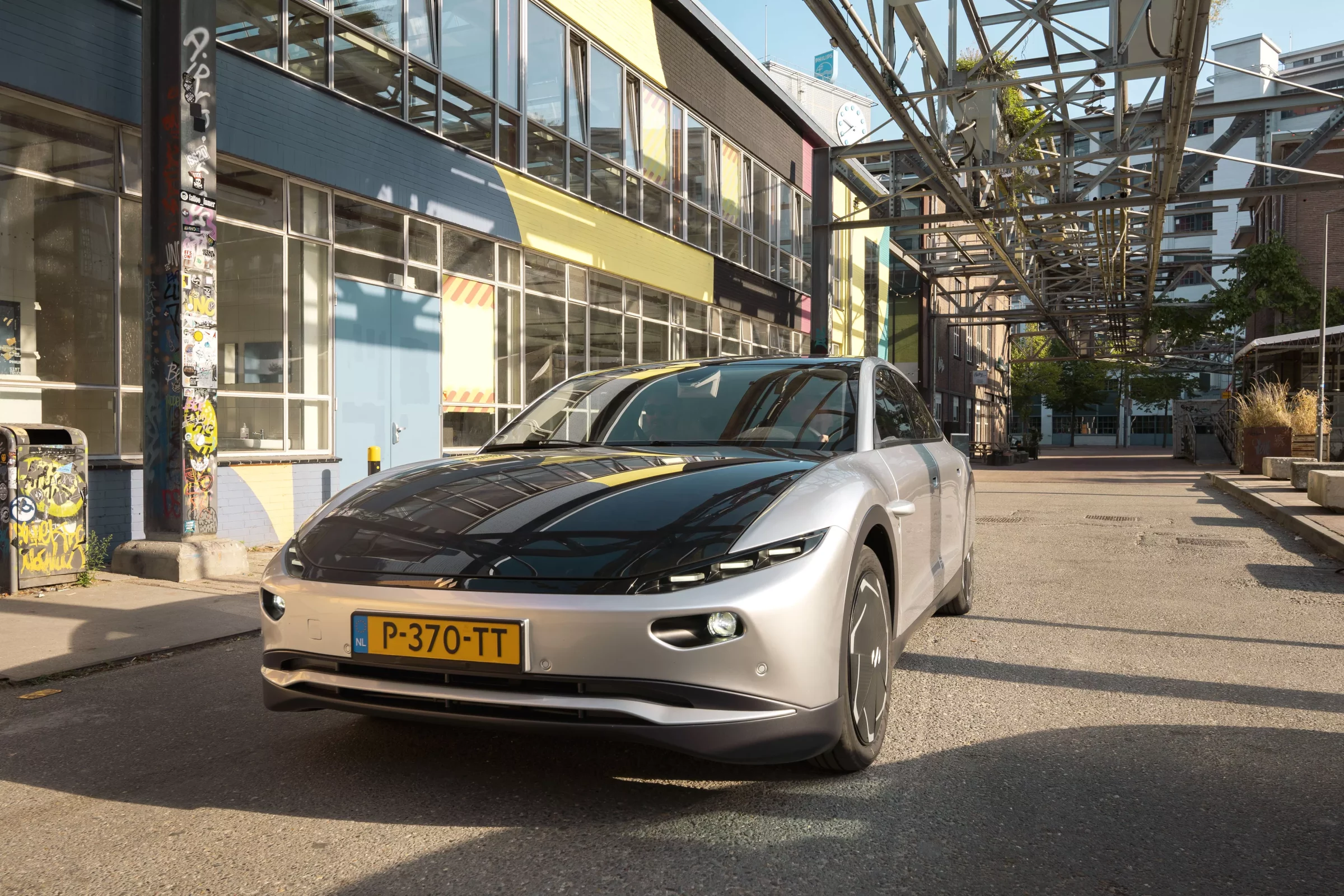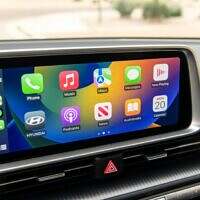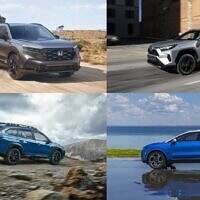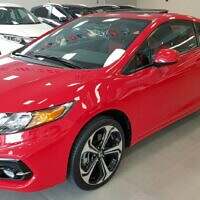As the world grapples with the urgent need for sustainable energy, solar power has emerged as one of the most promising alternatives to fossil fuels. One idea that has garnered attention is the use of solar panels to power cars.
But is this concept a viable solution or just a futuristic dream? Let’s delve into the feasibility of solar-powered cars.
The Concept: drinking the sun for mobility
The idea of a solar-powered car is straightforward: solar panels installed on the car’s surface collect sunlight and convert it into electricity. This electricity either powers the car directly or is stored in a battery for later use.
At a glance, this seems like a match made in heaven – a clean, infinite source of energy driving an emission-free vehicle. Unfortunately physics might end this dream before it begins.
The Challenges: What are the current limitations
1. Energy Density
One of the main challenges lies in energy density, i.e., the amount of energy that can be produced per unit area of solar panels. Solar panels are still relatively inefficient, with most commercial panels achieving only around 15-20% efficiency. Given the limited surface area on a car, the energy generated is often insufficient for anything more than supplementary power.
2. Weather and Time of Day
Solar power is inherently intermittent. On cloudy days or at night, a solar-powered car would face significant challenges. Though this could be offset to some extent by battery storage, the current technology is still not efficient enough to make this a fully reliable solution.
3. Weight and Aerodynamics
Adding solar panels and the accompanying infrastructure such as batteries adds weight to the vehicle. This extra weight can decrease efficiency, requiring even more power to move the vehicle. Additionally, the shape and size of the panels can affect aerodynamics, further diminishing efficiency.
Partial Solutions and Hybrid Models
Recognizing these challenges, some companies have developed hybrid models that use solar power (see the Kia EV9) as a supplementary energy source. For example, the Toyota Prius has offered a solar roof option, primarily to power the air conditioning system. While it doesn’t make the car entirely solar-powered, it does reduce the load on the internal combustion engine or electric battery, increasing efficiency.
In 2019, the Lightyear One, a car explicitly designed to be solar-assisted, was unveiled. It aims to cover 450 miles on a single charge, combining an ultra-efficient design and lightweight materials with solar power. However, even this impressive vehicle relies on a conventional electric charging system for optimal performance.
Future Possibilities
Technological improvements are ongoing. New materials like perovskite solar cells are showing promise for higher efficiency at a lower cost. Advancements in battery technology, such as solid-state batteries, could offer higher energy density and faster charging times. If these trends continue, we might overcome the current limitations and make solar-powered cars a practical reality.
Conclusion
While the idea of solar-powered cars is alluring, current technological limitations make them impractical as a standalone solution. However, solar power can still play a significant role as a supplementary source of energy in hybrid systems. With advancements in solar panel efficiency and battery storage technology, the dream of driving a solar-powered car might just become a reality in the not-so-distant future.



